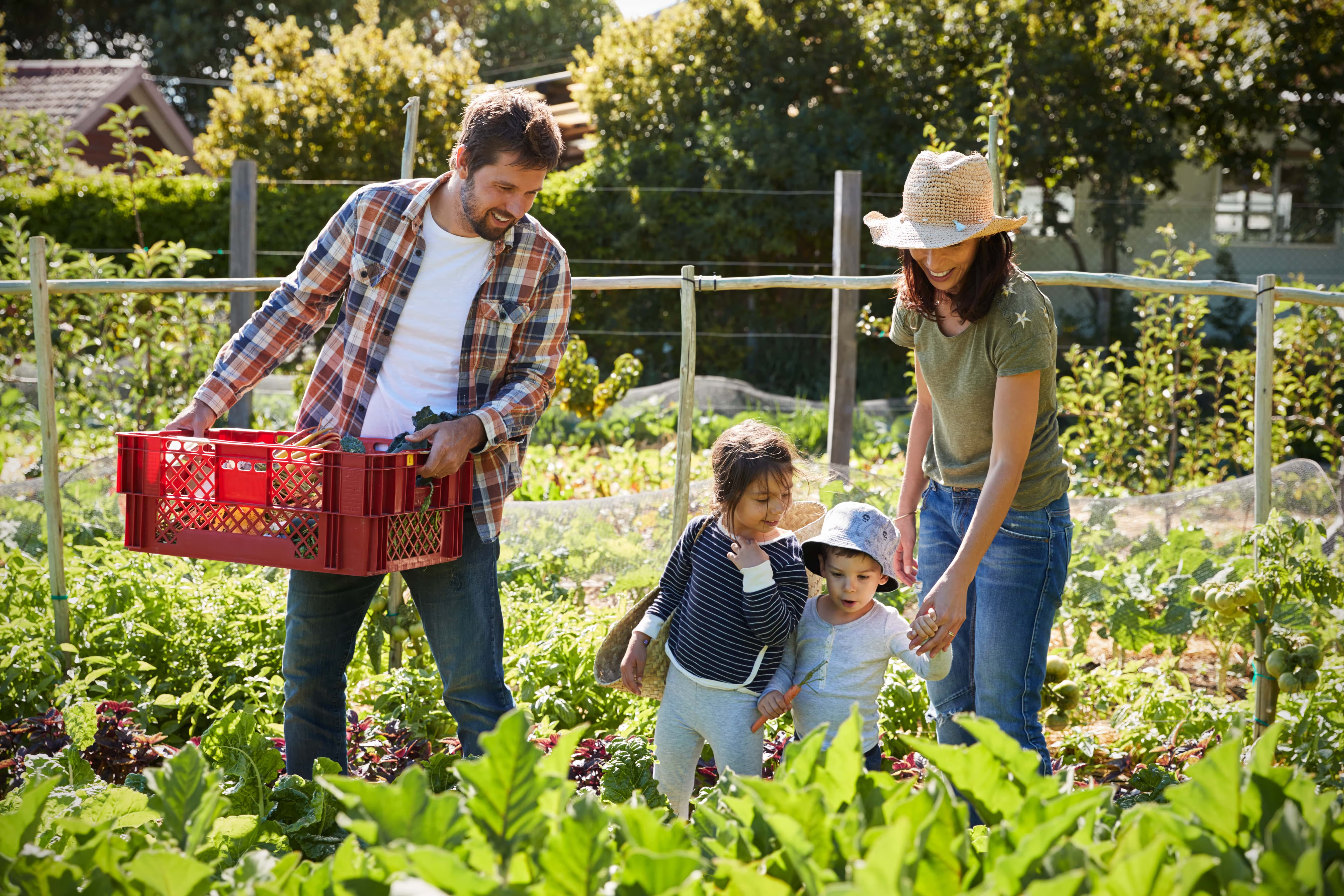
The economy suffers from a wide variety of challenges. Even our social systems struggle to provide fundamental needs. None of them currently support a way of life that can sustain us far into the future.
Survival in today’s world requires more than efficient lightbulbs or buying organic at the grocery story. Instead, we need to focus on truly regenerative practices. This leads to a type of slow self-sufficiency that touches on every aspect of life. Every choice you make can help you survive far better and even more easily than any crisis mode efforts possibly could.
This is not about shucking the confines of modern life and heading off into the woods to live off berries and nuts. It’s not about joining a commune or moving to an off-grid cabin where you have to haul water in buckets from a stream and make your own candles from local beeswax.
There’s nothing wrong with drastic changes, as long as you have the skills, knowledge, and energy to make them. For the rest of us, there is another option. Slow self-sufficiency is about making changes that lead toward greater reliance on yourself and your family or collaborative community.
There’s a meme that circulates online communities about old poor vs. new poor, playing on the concept of generational wealth vs. the nouveau riche. The old poor know how to make do with less, how to live frugally, and to reuse things in responsible ways. The new poor still want to exist in the throw-away, single-use economy.
Of course, self-sufficiency is absolutely not only for people on the lower end of the financial spectrum. In a time when the economy is suffering, however, the ‘old rich’ ideals can help. These folks aren’t in crisis. They’re surviving and supporting themselves and the people close to them using the same methods they’ve always practiced. It goes beyond sufficiency for the moment and toward a truly regenerative, ongoing supportive way of living. What are those methods? How can everyone adopt a more self-sufficient and regenerative life?
The smallest space can help you support yourself and your family with fresh growing things. Urban gardeners might only have a windowsill or a balcony, but that’s enough room to plant and harvest something. For those with larger spaces, rotate crops with the seasons and practice companion planting to boost yields.
You don’t need to spend a lot – or anything – and you certainly don’t need chemical fertilizers or specially treated seeds. Use kitchen scraps as compost, gray water, and natural sunlight. Learn how to plant and regrow the cut ends of produce you buy at the shops. The natural cycles of life can help sustain you through lean times.
Single-use items destroy the environment and your personal budget. Break free from the linear cycle of buy-use-discard. Instead, build loops in which every item has another purpose until it reaches its uttermost end of usefulness.
If something breaks, learn to fix it. If your clothes get a bad stain or tears, repurpose them as cleaning rags. Save glass jars as storage containers. Repurpose paper for notes, crafts, or part of your compost. Recycling systems don’t work. Do it yourself in your own home instead.
As part of the repurposing of everything from a food container to your old furniture, it helps to get crafty. The ability to make or fix something by hand provides a sense of purpose. It can even be fun. Connect the things you wear, have in your home, or use regularly to time and skill. Appreciate the intentional act as one of true regeneration within your lifestyle.
Of course, you can’t learn to do everything yourself. Support quality craftsmanship provided by others. You will discover higher quality, longer-lasting products you can truly appreciate. At the same time, you help support a better environment and save money over time.
Community is a renewable resource as long as individuals within it nurture it properly. This may start with supporting local craftspeople. However, most people need to buy certain things that even the best artisans can’t create. Commercially created items are practical options for many people. However, how you buy and who you spend your money with makes a big difference when it comes to regenerative lifestyles.
Your local region undoubtedly offers almost everything you could possibly want or need if you take the time to look around. When you spend your money nearby, you support the community in a way that makes it possible to survive. Farmer’s markets, local mom-and-pop shops, non-chain garden-to-table restaurants, and small manufacturers all deserve local support. When you give it, money and jobs stay in the community. That’s always better than having your assets vanish into the corporate machine.
Building a truly regenerative and self-sufficient life leads to the end of waste in all its forms. It builds a system that outlasts any crisis. These practices aren’t merely reactions to a system collapsing on all sides. Instead, it’s a way of claiming self-sufficiency for yourself while supporting your neighbors.
A regenerative life weaves strength into every element of daily life. Cheaper, heathier food from your or a neighbor’s garden is the ultimate symbol of cyclical survival. Reusing household items instead of discarding useful things helps you live beyond worries about market fluctuations or supply chain disruptions. Buying local strengthens the community and avoids environmentally economically damaging practices.
You can build a life that sustains itself if you look beyond the surface practices of buying less and recycling more. Learn from those who have embraced survival mode as more than a crisis so you’re not affected by extreme challenges coming your way. The more self-sufficient you are, the easier it is to maintain comfort and good health. The more regenerative your lifestyle, the better it is for you, your family, the local community, and the world at large.